Category: ARTIFICIAL DESIGN
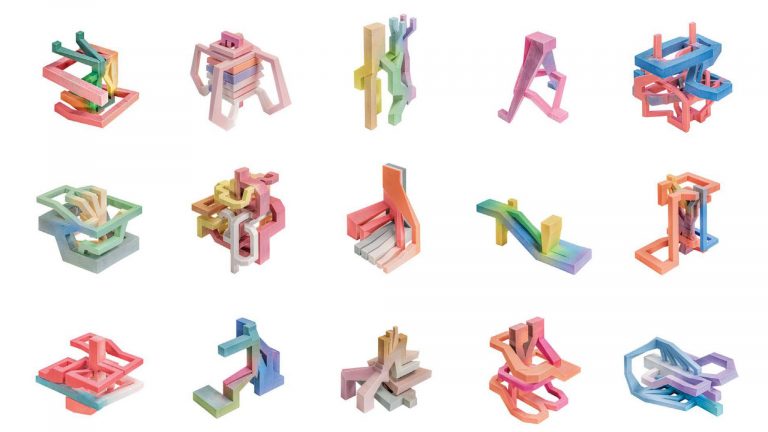
Circular Kyoto – Flows
During the Atelier Huang Fall Semester 2022 students focused on a particular shokunin (artisan) and their craft, which ranged from kaiseki (seasonal, traditional cuisine), wagashi (Japanese confections), sake (Japanese alcohol), paper products (Karakami), kyo-shikki (lacquerware),to tatami and architectural parts. The analysis of the different flows undermining the making of the product, from material sourcing to (…)
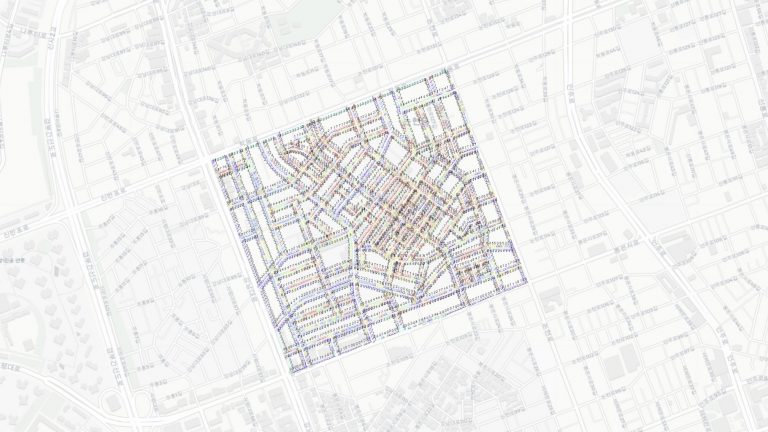
Gangnam Living Blocks
Atelier Huang Fall 2021 Gangnam District, the newest city center of Seoul, South Korea which has drawn attention internationally due to the worldwide K-Pop song “Gangnam Style” is the site and field of experimentation. With a grid network – superblocks with a division of smaller urban blocks of various scaled buildings – the urban organization (…)
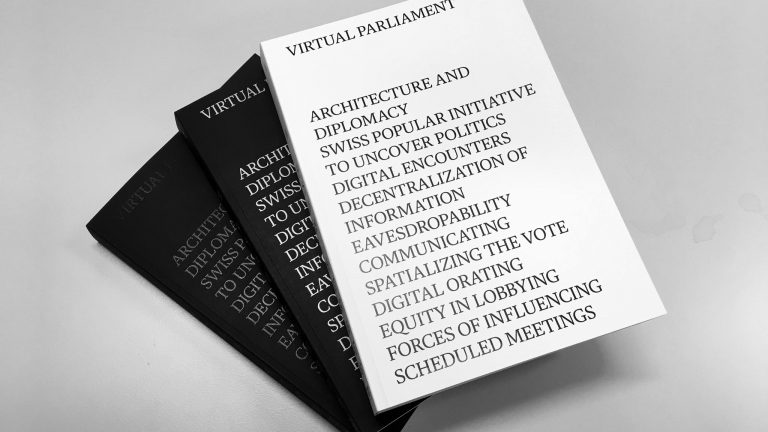
Virtual Parliament
Atelier Huang Spring 2021 On December 11, 2020, the Swiss Parliament in Berne urgently accepted an initiative to allow congress members (Nationalrat/Conseil national) to vote remotely due to COVID-19, and a few days later, Sophie Michaud Gigon, the Green Party Representative from the Canton Vaud, became the first parliament member in Swiss history to cast (…)
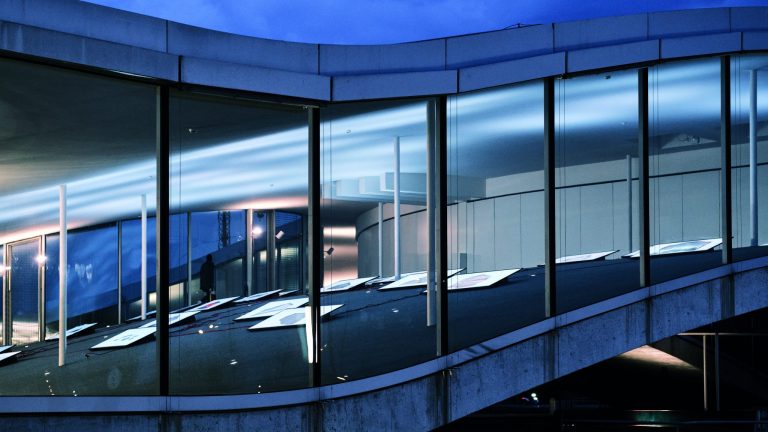
Design Brain
Imagined as an ever-shifting spatial interface revealing the innermost dreams of an artificial machine pre-occupied by possible resilient futures of the Swiss refuge, “Design Brain” is a showcase of the outcome in the design research studio conducted at EPFL with master students in Spring 2020 called Refuge 2.0 – Artificial Swissness. In the studio, machine (…)
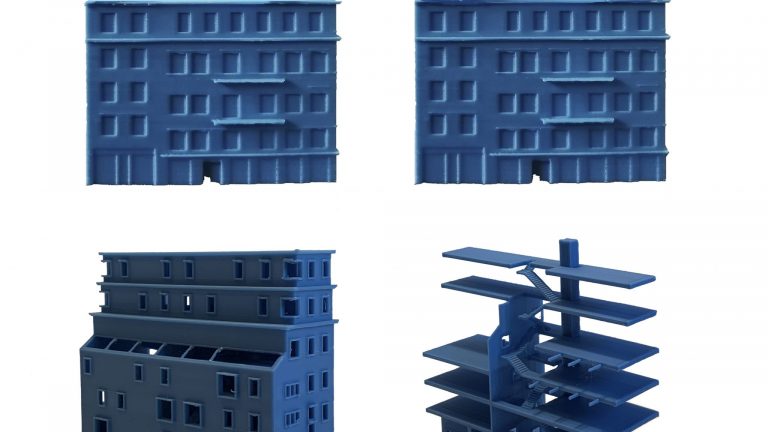
Zürich Prints
Models digitally printed by students as one of the final steps in the artificial design research process with GAN in Zürich. https://deepcityzurich.wordpress.com/ Keywords: GAN, Artificial Design, Zürichness, Housing, 3D Print Students: Bryan Parvex, Maylis Pillet, Ebrahim Rahmani, Marilyn Brühlmann, Andrea Calzoralo, Lara Giorla, Beatriz Menéndez Ontañón, Antoine Prat, Ricky Lee, Valérie Ovadia, Basile Sordet, Yonah (…)
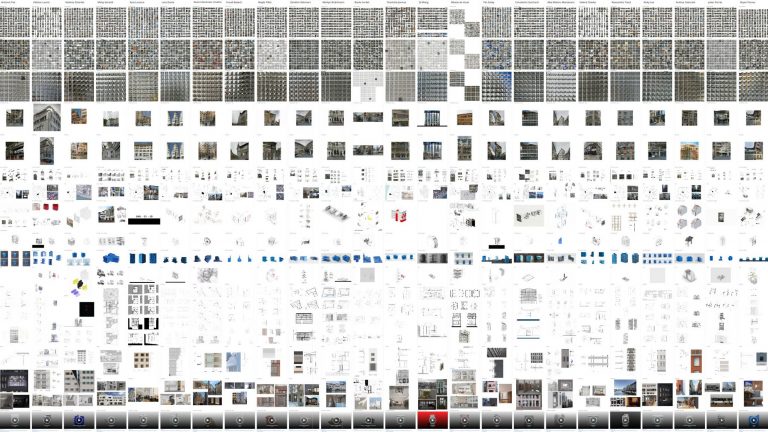
Artificial Zürichness – Final Review
Throughout the semester we reflected on what characterizes Zürich, what is Zürichness and if arriving at this solution through machine learning (and Generative Adversarial Networks – GANs) makes the result artificial. Does artificial intelligence create artificial architecture? In the final review, the individual projects resulting from the study were reviewed by a jury composed of (…)
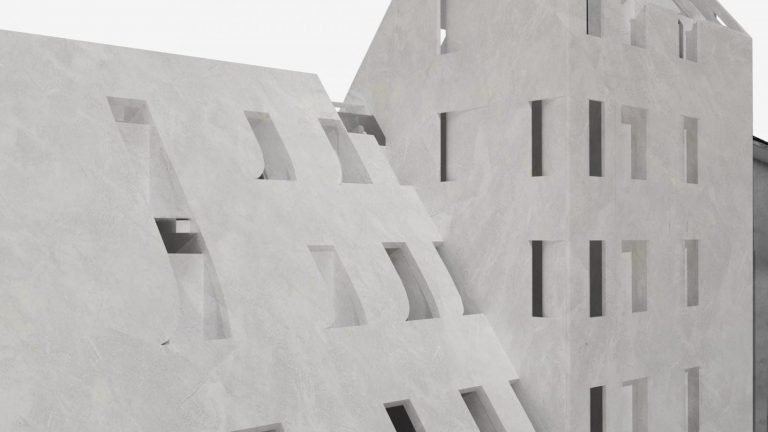
Giro – Deep Façade
This project was developed in the context of the “Artificial Zurichness” research. Deep Learning and Generative Adversarial Networks (GAN) were deployed as a project tool to capture and maintain the essence (genius loci) of a specific site – Zürich – while modifying the type of architecture through additions or variants. From here, a GAN image (…)
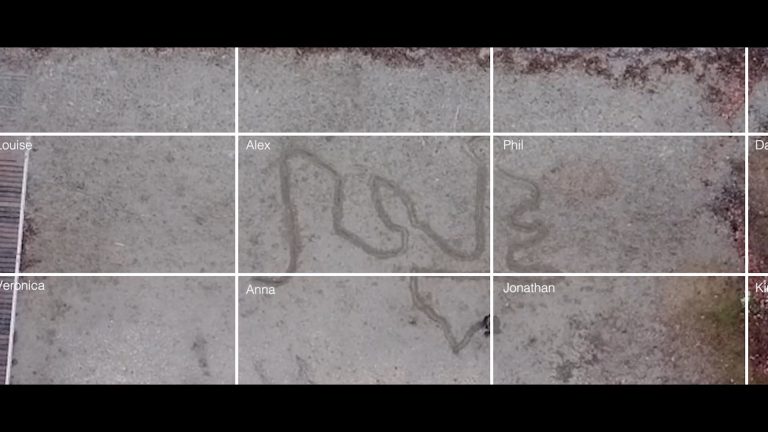
To Meditate – Virtual Zen Garden
Meditation is a practice where an individual uses a technique – such as mindfulness or focusing the mind on a particular object, thought, or activity – to train attention and awareness, and achieve a mentally clear and emotionally calm and stable state. In a global pandemic, various things can cause mental stress, anxiety and the (…)
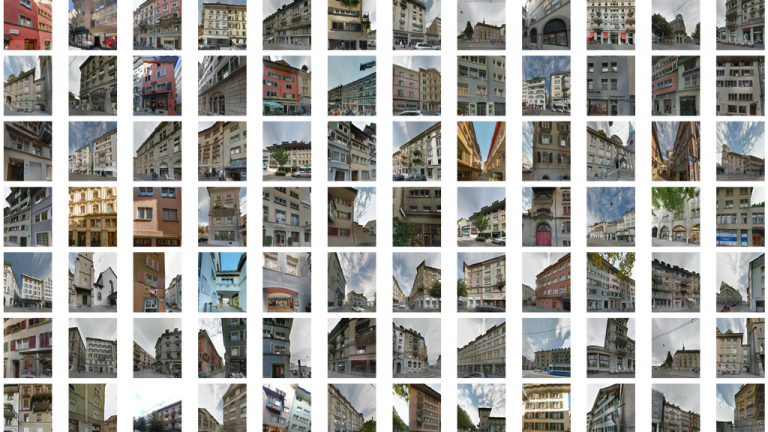
Sampling Zürich
In this research experiment, the GAN algorithm serves as a new mode of vision, bypassing the preconceptions of the human designer in order to reveal an unbiased pool of ideas. The algorithm zeroes in on details otherwise unnoticed to generate new interpretations. The curation of the input data set and the critical analysis of the (…)
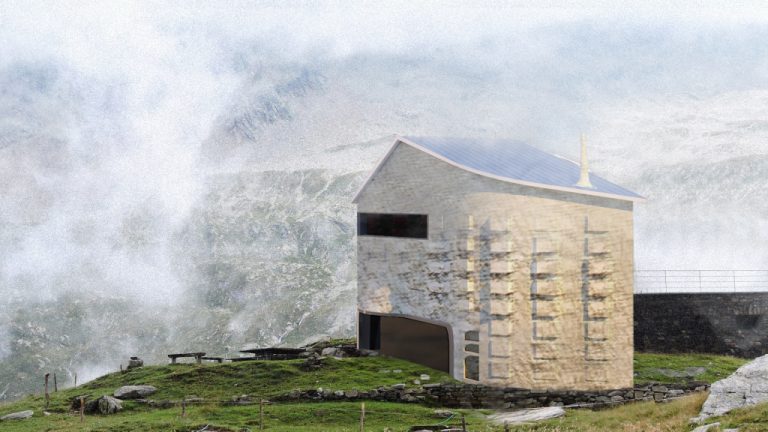
The fortress
Can the essence of the computer generated image of a Swiss cabin be translated on site? How do colors and textures materialize in a realistic building proposal? Big data is a field that offers ways to analyse, systematically extract information from, or otherwise deal with data sets that are too large or complex to be (…)
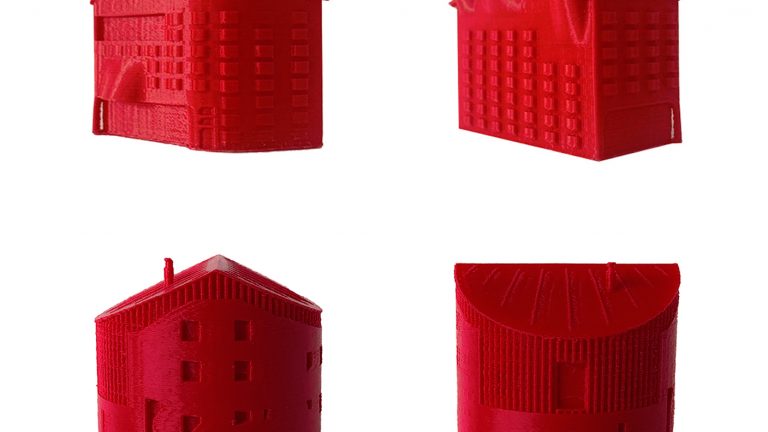
Refuge Prints
Models digitally printed by students as one of the final steps in the artificial design research process with GAN in Switzerland with a focus on the refuge. refugetwopointoh.wordpress.com Keywords: GAN, Artificial Design, Swissness, Housing, 3D Print Students: Eric Nardini, Romain Claus, Aina Rodriguez, Clara de Lapuerta, Christophe Gautier, Simone Izzo, Samuel Aeschimann, Núria Fàbrega, Mathieu (…)
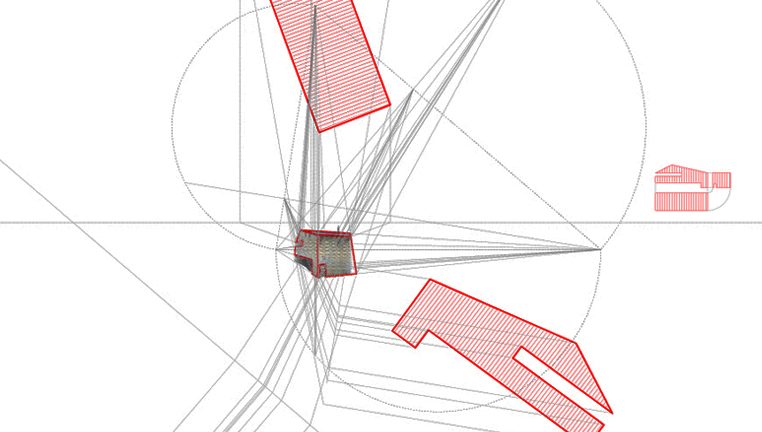
3D GAN: Anamorphic Inverse Projections
The exploration of the potential uses in architectural design shows that GANs are more suitable for learning and generating 2D images such as building facade and floor plans due to the exponential increase of computational cost in 3D model applications. GANs work natively with data that can be represented in numerical values. 2D image data (…)